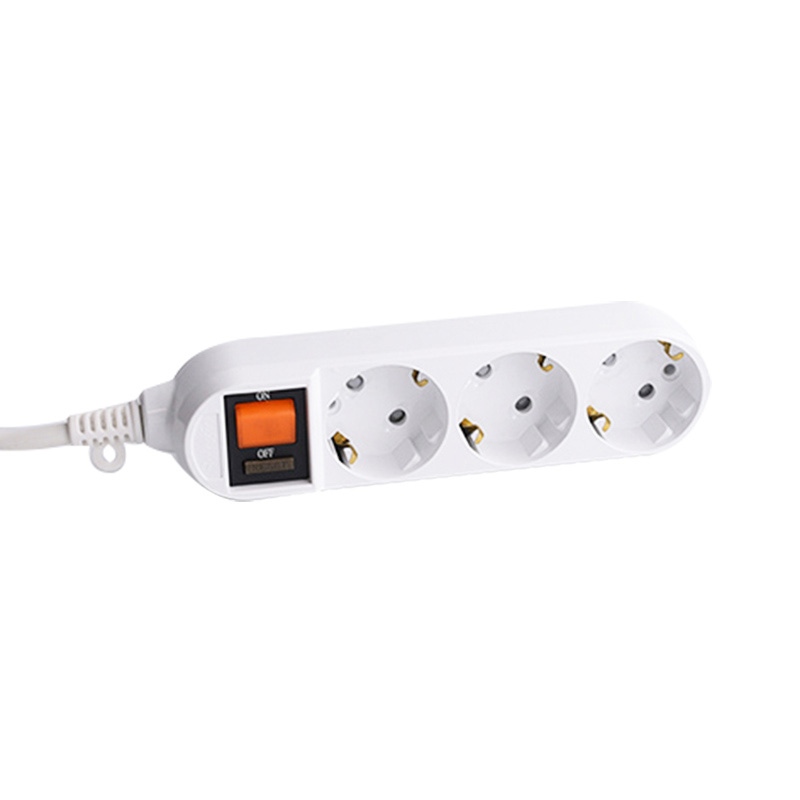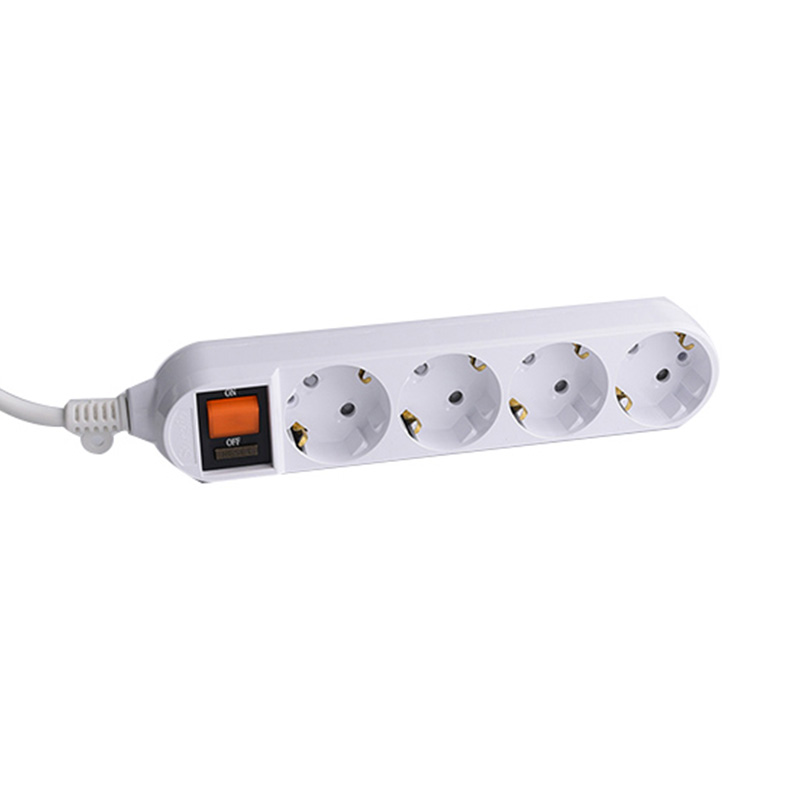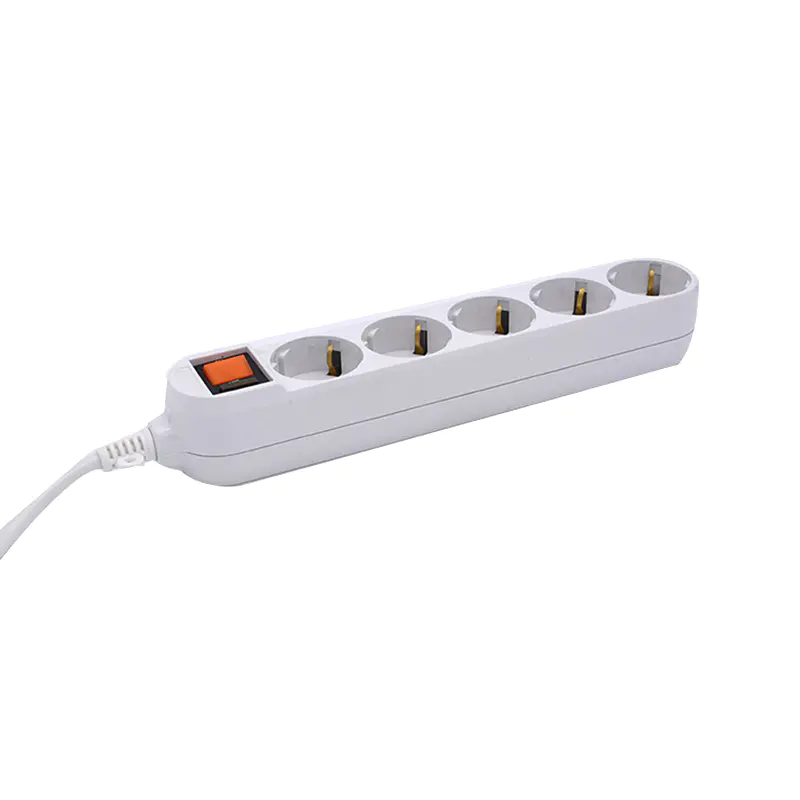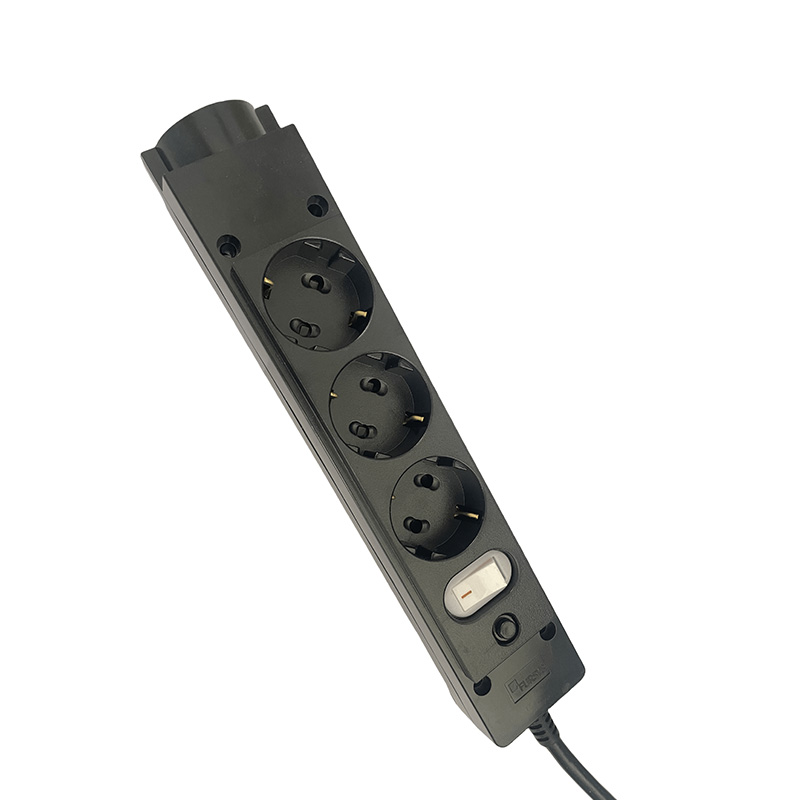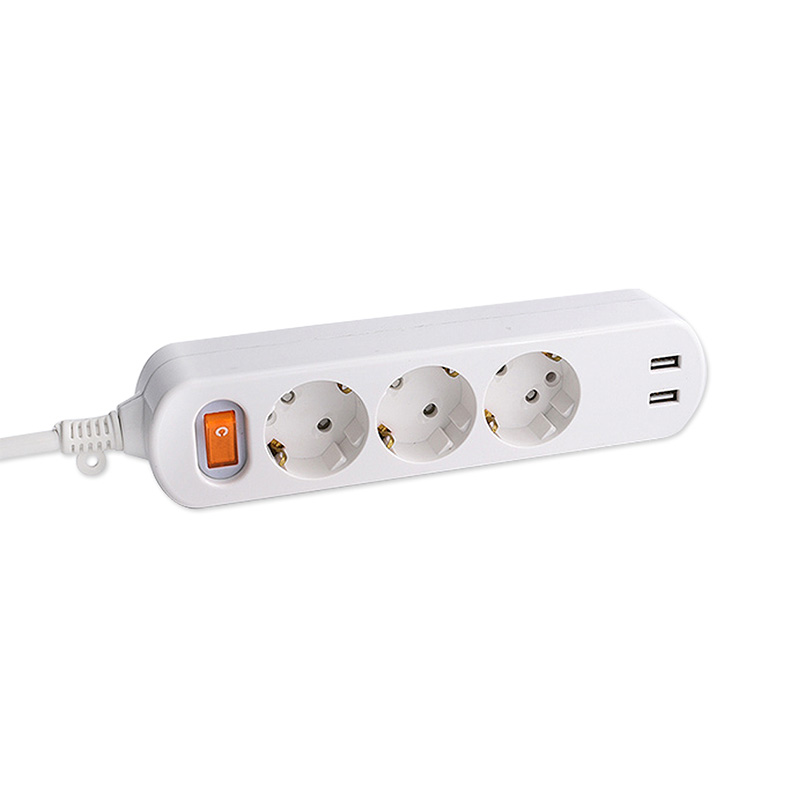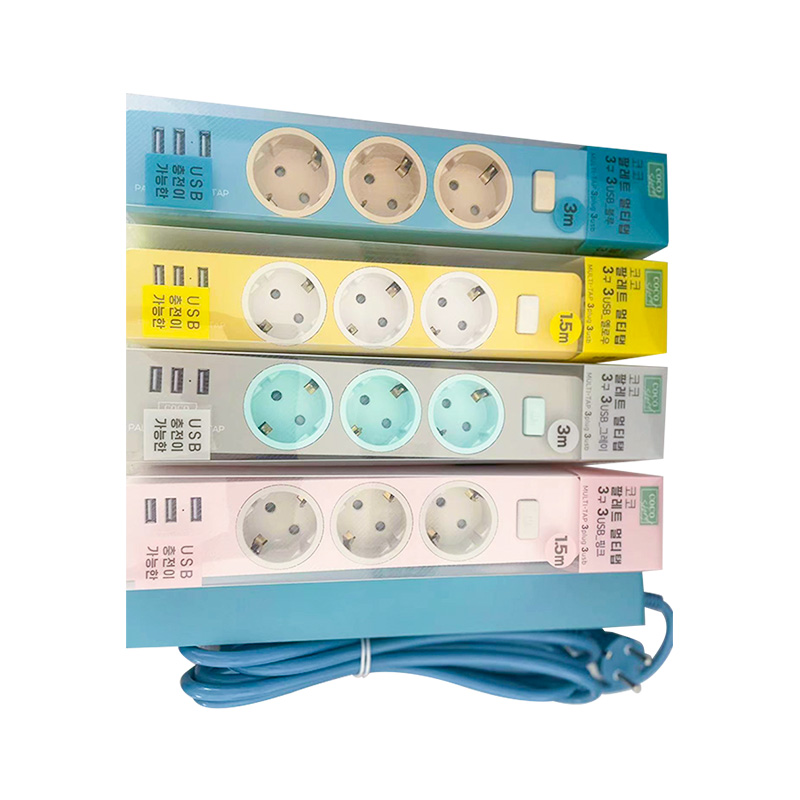Submit feedback
How to determine whether the cable reel is aging or damaged?
 2025.06.23
2025.06.23
 Industry News
Industry News
Cable reels play a vital role in managing and organizing cables, especially in industrial, construction, and outdoor environments. Over time, however, they can suffer from wear, aging, or damage due to usage, environmental conditions, or improper handling. Identifying early signs of deterioration is essential to ensure safety, prevent equipment failure, and extend the product's lifespan. Here’s how you can determine whether a cable reel is aging or damaged.
1. Visual Inspection for Physical Damage
Start by performing a visual inspection of both the cable and the reel itself. Look for:
Cracks or breaks in the housing : Plastic or metal casings may develop cracks due to impact or long-term exposure to harsh conditions.
Deformation or warping : If the reel is bent or misshapen, it may not function properly or could pose a risk during use.
Corrosion or rust : Especially on metal parts, corrosion can weaken structural integrity and lead to failure.
Damaged wheels or mounting brackets : These components are crucial for mobility and stability; any damage can affect usability.
2. Check the Cable Condition
Since the cable reel’s main purpose is to hold and protect the cable, inspecting the cable is critical:
Outer sheath wear : Cracking, peeling, or discoloration of the insulation indicates aging or exposure to UV light, heat, or chemicals.
Exposed wires : If the internal conductors are visible, the cable is unsafe and must be replaced immediately.
Kinks or bends : Sharp bends or kinks can damage internal wiring and reduce conductivity.
Overheating marks : Discoloration or melting around the plug or connectors suggests overheating, which can be dangerous.
3. Test Electrical Performance
Use appropriate tools to test the electrical integrity of the cable:
Continuity testing : Ensures all conductors are intact and connected correctly.
Insulation resistance testing (megger test) : Measures the effectiveness of the insulation; low readings indicate degradation.
Ground continuity check : Verifies that the grounding wire is functioning, which is essential for safety.
If the cable fails any of these tests, it should be replaced, and the reel should be evaluated for continued use depending on its condition.
4. Evaluate Mechanical Functionality
A functional reel should operate smoothly:
Check winding mechanism : The spring or motorized system should retract the cable evenly without jamming.
Look for uneven retraction : If the cable doesn’t rewind properly or gets stuck, internal mechanisms may be worn out.
Inspect braking systems : Some reels have locking mechanisms; if they no longer hold the cable securely, the reel may be faulty.
5. Assess Environmental Exposure
Environmental factors significantly affect the lifespan of a cable reel:
UV exposure : Prolonged sunlight can degrade plastic components and cable insulation.
Moisture and humidity : Can cause internal rusting, short circuits, or mold growth.
Temperature extremes : Excessive heat or cold can stiffen or crack materials.
Chemical exposure : Contact with oils, solvents, or corrosive substances can deteriorate materials quickly.
If the reel has been exposed to harsh conditions over a long period, consider replacing it even if it appears to be working fine.
6. Consider Usage Frequency and Age
Like all mechanical and electrical devices, cable reels have a finite lifespan:
High-frequency use : Constant deployment and retraction accelerate wear and tear.
Age of the unit : Most manufacturers specify a service life or recommend periodic inspections after certain years.
Manufacturer guidelines : Follow maintenance schedules and replacement recommendations provided by the manufacturer.
Regular inspection and proper maintenance are key to identifying signs of aging or damage in a cable reel. By visually examining the reel and cable, testing performance, checking mechanical functions, and considering environmental and usage factors, users can make informed decisions about when to repair or replace their cable reels. Prioritizing safety and timely maintenance ensures reliable operation and reduces the risk of accidents or equipment failure.
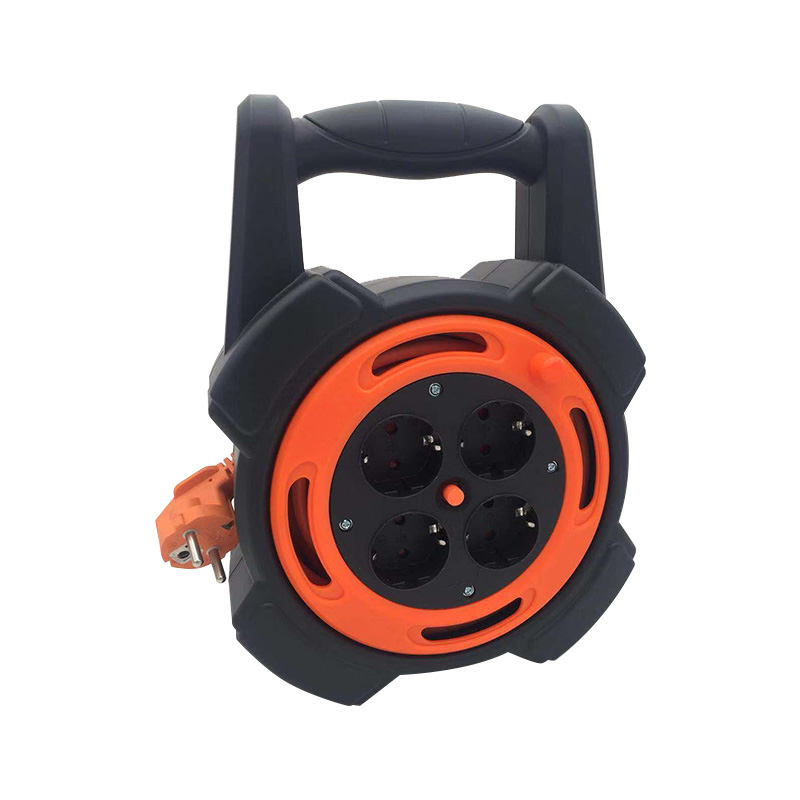
 TOP
TOP
 ENG
ENG
 English
English русский
русский 한국어
한국어 Deutsch
Deutsch

